MEDIAONETIMOR-coffee trees loom over a village in the hills above Dili, the capital of Timor-Leste. Though their fruit has provided income for decades, Alarico Soares De Cruz, the local headman, says the pickings are gradually growing slimmer. Some of the trees are 40 years old, he explains, and ought to be pruned or completely replanted. But doing so would mean sacrificing the next couple of harvests, and no one is eager for that.
This month marks 15 years since Timor-Lestea former Portuguese colony, once known as East Timorregained its independence after a quarter-century of oppressive Indonesian rule. In that time its leaders have stitched together a relatively stable democracy and brought electricity to its remote hamlets. But they have struggled to reduce widespread poverty among the 1m-odd Timorese, or to revive ailing farms. With reserves of oil and gas dwindling, the government is ploughing the country’s savings into grand development schemes. But some fear they could lead to ruin. A general election in July provides a chance to change direction, but voters seem unlikely to seize it.
Timor-Leste has pocketed more than $18bn from Bayu-Undan, its biggest oil and gas field, since its first wells were sunk in 2004. But this income looks set to vanish entirely by 2023, as the field runs dry (see chart). Although a sovereign-wealth fund worth around $16bn will provide a cushion, the government has been dipping deep into this capital lately to fund investments. Last year La’o Hamutuk, a dogged local think-tank, warned that at present spending rates the cash pile could evaporate within ten years.
A handful of industries could sustain Timor in the lean years ahead. The most obvious is agriculture. The coffee business provides some income to about a third of all households; coffee is the country’s only significant export apart from oil. Yet the government reckons that around a third of the country’s coffee trees are unproductive, withered by age and neglect; others yield only a fraction of what should be achievable. Coffee farmers are producing only about a quarter of the quantities that were shipped during the industry’s colonial heyday.
Another opportunity is to draw in more tourists. A survey published in 2014 by the Asia Foundation, a charity, found that foreignersmostly diplomats, development workers and their guestswere spending about as much on leisure as the country was earning from exporting its coffee. Timor has pristine reefs, unspoilt hillsides and a compelling national story. Peeling away even a tiny fraction of the 4m holidaymakers who visit nearby Bali each year could make a big difference to the country’s fortunes.
The government is trying to foster both industries. After some missteps Timor’s tourism ministry has cooked up a natty logo and a flashy website. International outfits such as the Asian Development Bank are working to help boost coffee production; some Timorese beans are sold in Starbucks. Fernando Santana of the agriculture ministry says it plans to use a mixture of education and incentives to help farmers rejuvenate some 500 hectares of coffee plants this year.
The problem is that the government is devoting more time and money to a few risky mega-projects than to these worthy but dull schemes. A new port, the country’s first public-private partnership, is being built west of Dili. It may gradually cheapen imports but will not immediately boost Timor’s home-grown industries. A bigger concern is whether the government will see a return on the hundreds of millions of dollars it is ploughing into a special economic zone (SEZ) in Oecusse, an exclave tucked into the Indonesian half of the island of Timor, for which the business plan remains worryingly vague.
Perhaps the most alarming expense is a corridor of oil refining and exporting facilities being planned just as Timor’s reserves are running dry. Spread along the country’s south coastperhaps for no other reason than to give several places a share in the supposed incomethese installations are to be connected by a gleaming and costly new motorway which will bypass existing towns and villages.
The idea is that this new complex will be used, in part, to process the output of Greater Sunrise, a gas field found in contested waters south of Timor which has lain untapped since its discovery in the 1970s. The Timorese government claims that a treaty in 2006, in which it agreed to split the field’s revenues equally with Australia, is unfair; after a lengthy standoff, the two countries agreed in January to renegotiate it. But piping the field’s bounty to new plants in Timor is likely to be vastly more expensive than using existing Australian infrastructure. And even if Timor-Leste gets most of what it wants from the negotiations, the revenue from Greater Sunrise will only delay the economic reckoning by a few years.
These issues played only a minor role during campaigning for the presidential election, which was held in March. Since 2015 Timor has been run by a coalition comprising its two largest parties, Fretilin and CNRT. The candidate they backed, Francisco Guterres, won easily enough to avoid a second round. Though the media are free and fairly diverse, Timor’s poorly educated voters have little grounding in economic matters and broad faith in a generation of leaders seen to have delivered the country from Indonesian occupation. Having witnessed violence as recently as 2006, when competing political factions engaged in lethal skirmishes, Timorese are generally happy that the bigwigs appear to be getting along.
The worry is that this apathy will last beyond parliamentary elections in July, leaving Timor-Leste bereft of meaningful opposition at a critical juncture. Some useful friction could perhaps come from a new party led by Taur Matan Ruak, the outgoing president who, towards the end of his time in office, began to question the government’s schemes. The poll in March produced one surprise: voters in Oecusse, site of the woolly but expensive SEZ, chose not to back the government’s man. But although these may be indications of an eventual realignment, the chance of an upset in the near term looks small.
Old hands in Dili remain hopeful that Timor’s leaders can find a face-saving way to change course. A foreign businessman says that so far this year ministers have been preoccupied with campaigning; in a few months that will change. It is a good sign that Timorese granted scholarships to study abroad are generally choosing to come back home to work. Half of Timorese are under 17 years old, and they will eventually need jobs. As scores of women gather for noisy aerobics classes on Dili’s waterfronttheir backs turned to a rosy twilightthe unrest of the past seems a distant memory. But if the economy crashes, it could easily return.
This article appeared in the Asia section of the print edition under the headline “Wake up and sell the coffee.”(ETAN)

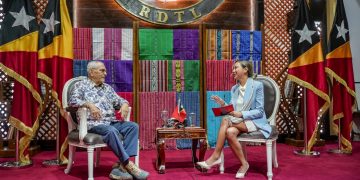
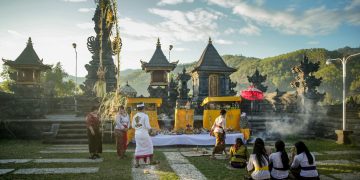
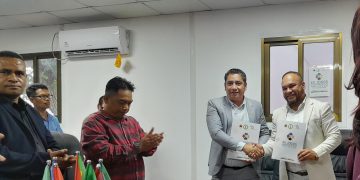
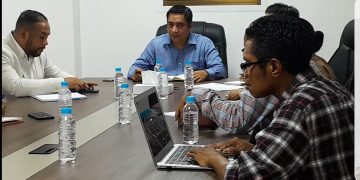




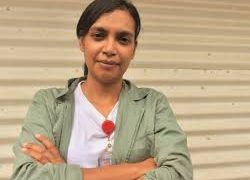
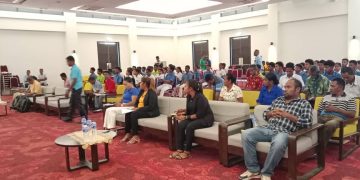
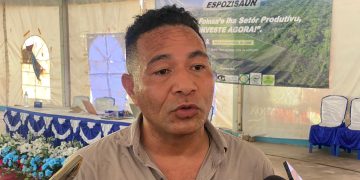
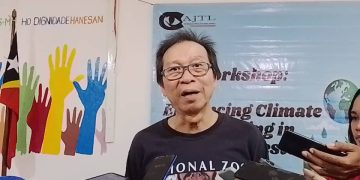

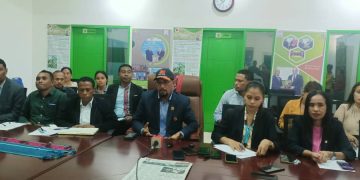
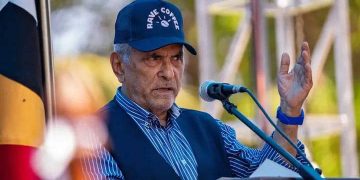
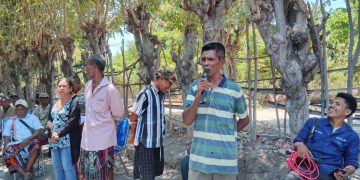
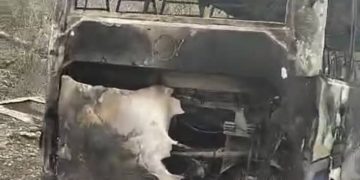

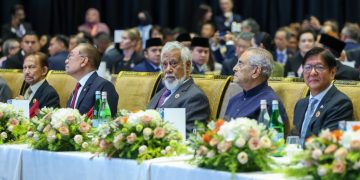
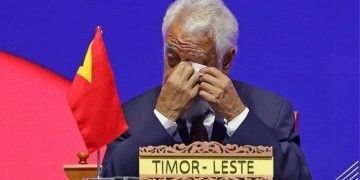

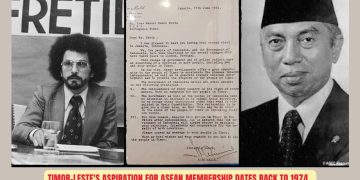


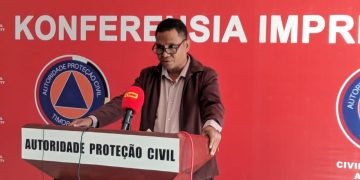
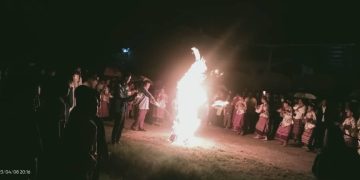
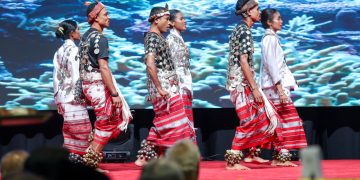

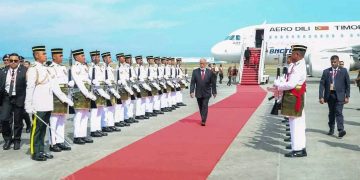




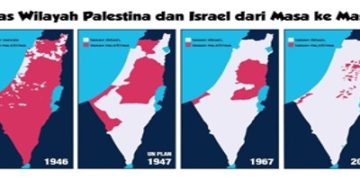
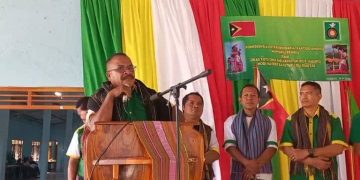

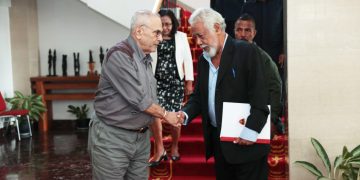

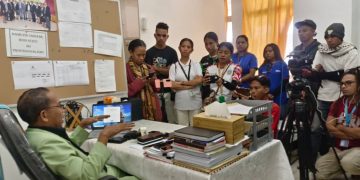
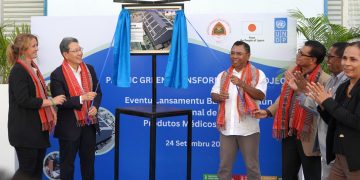

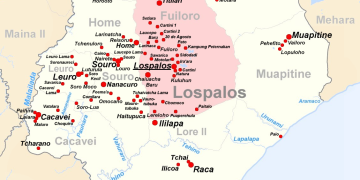



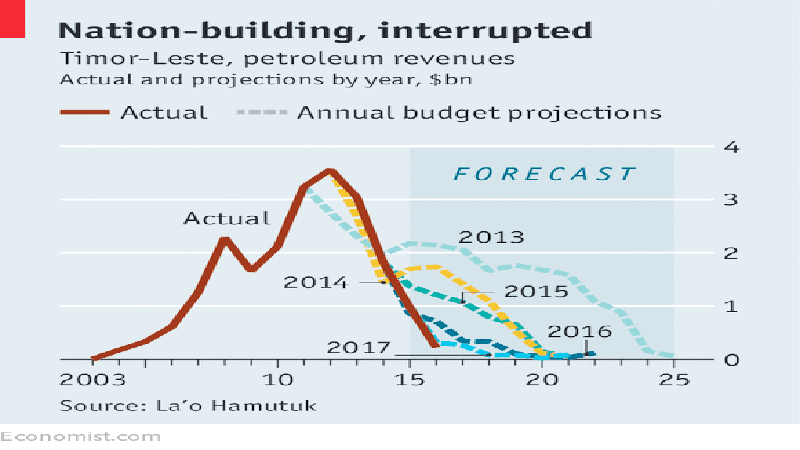

Ita nia komentariu konaba post ne'e.